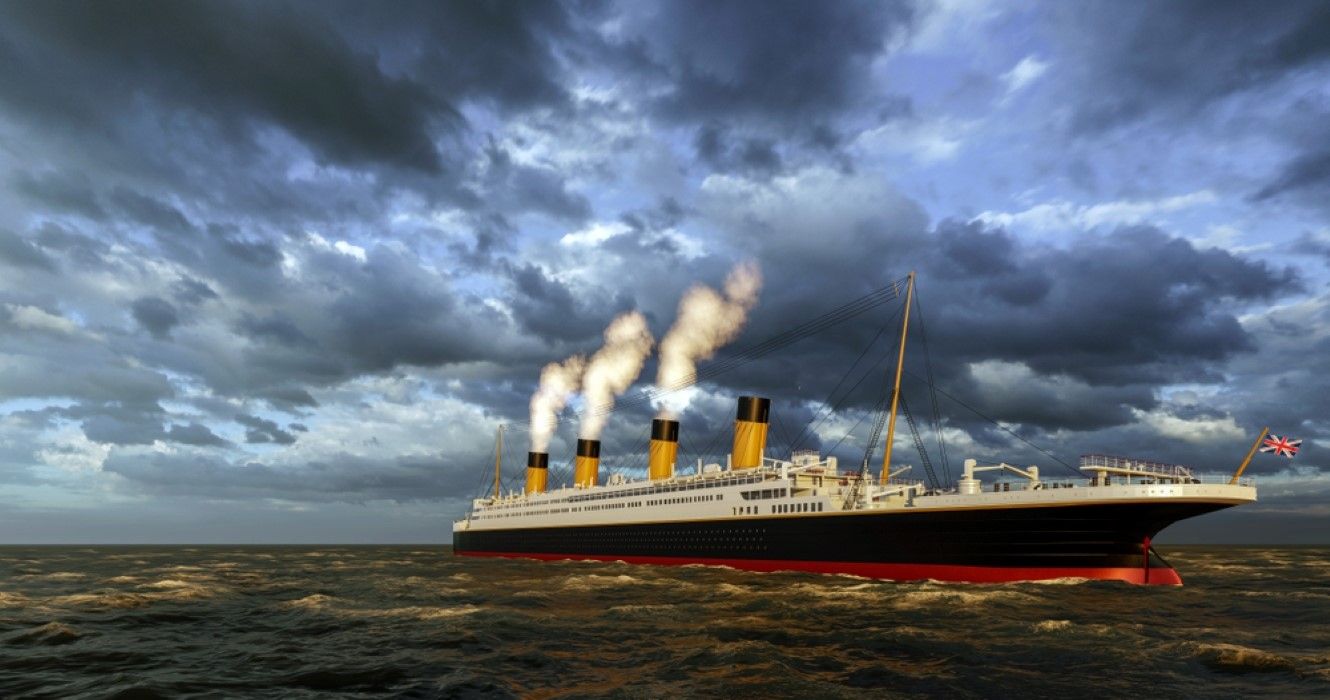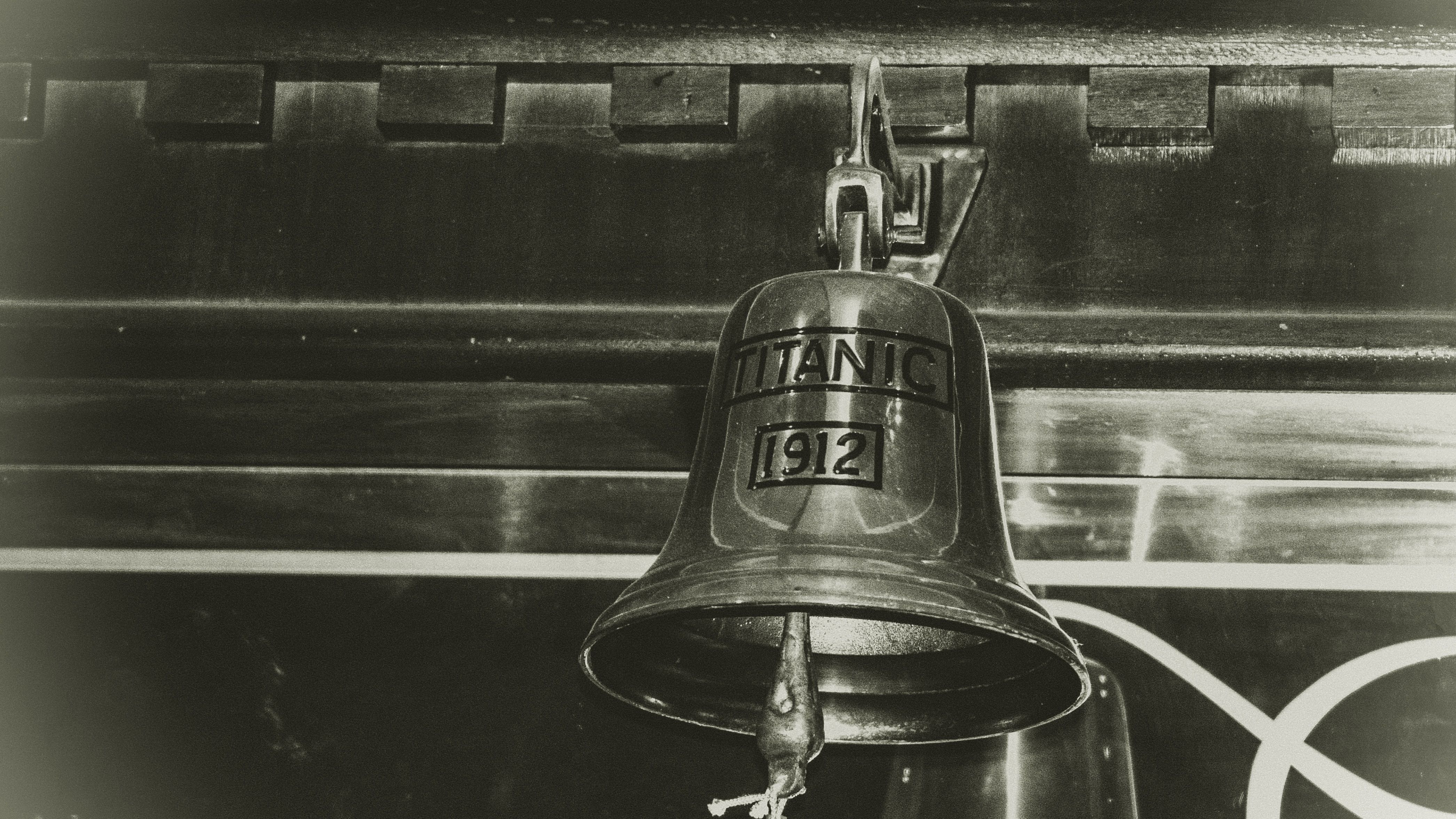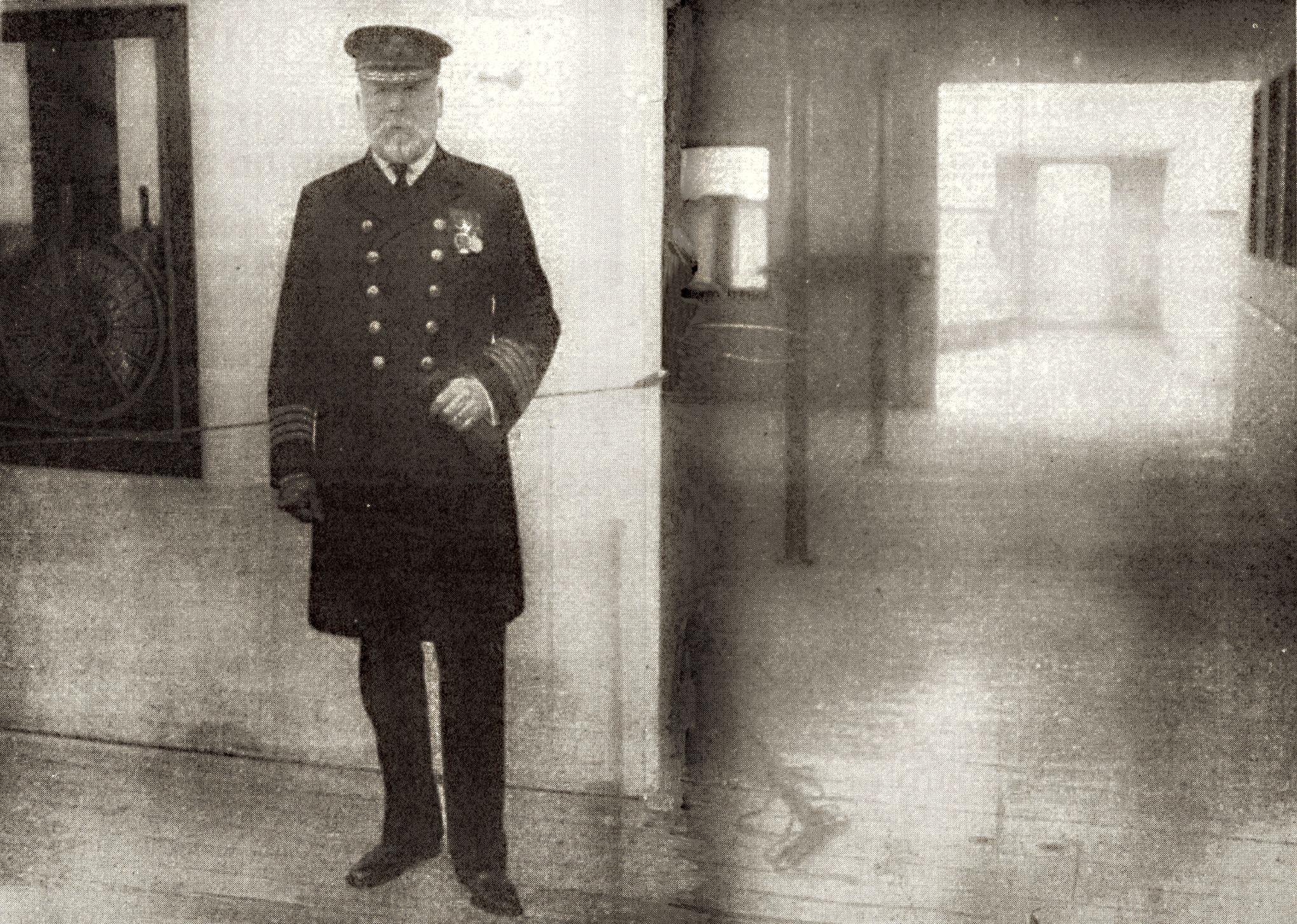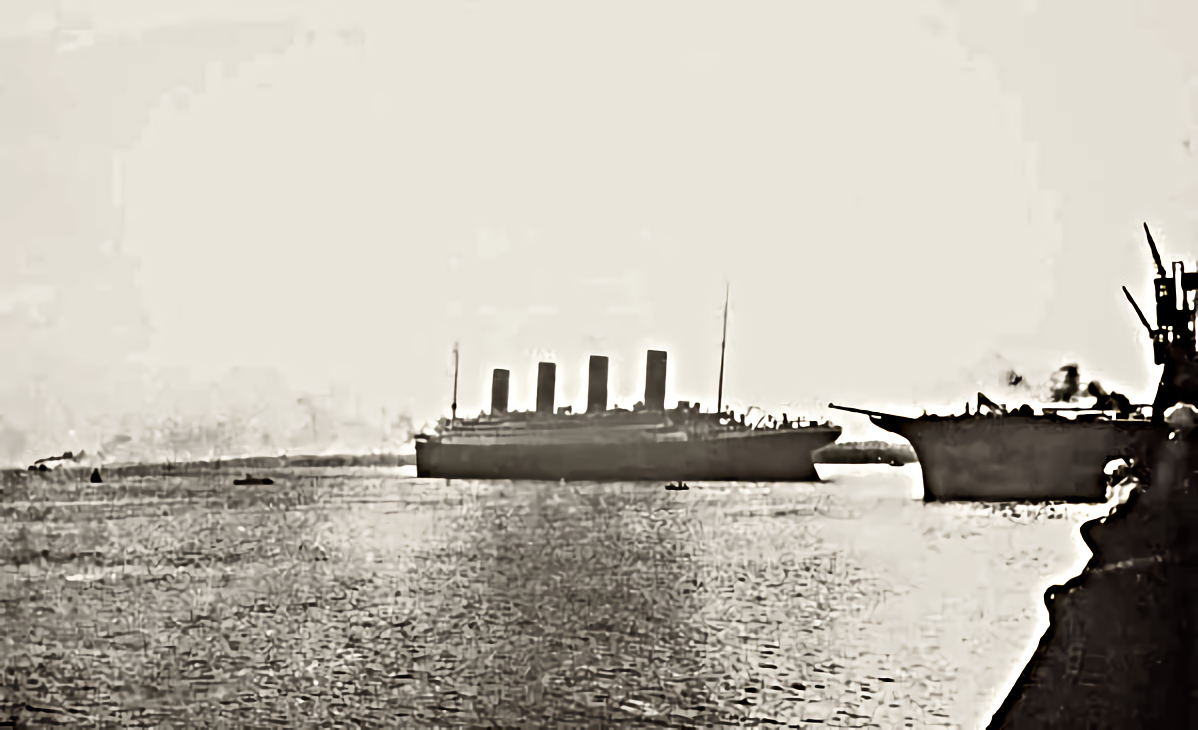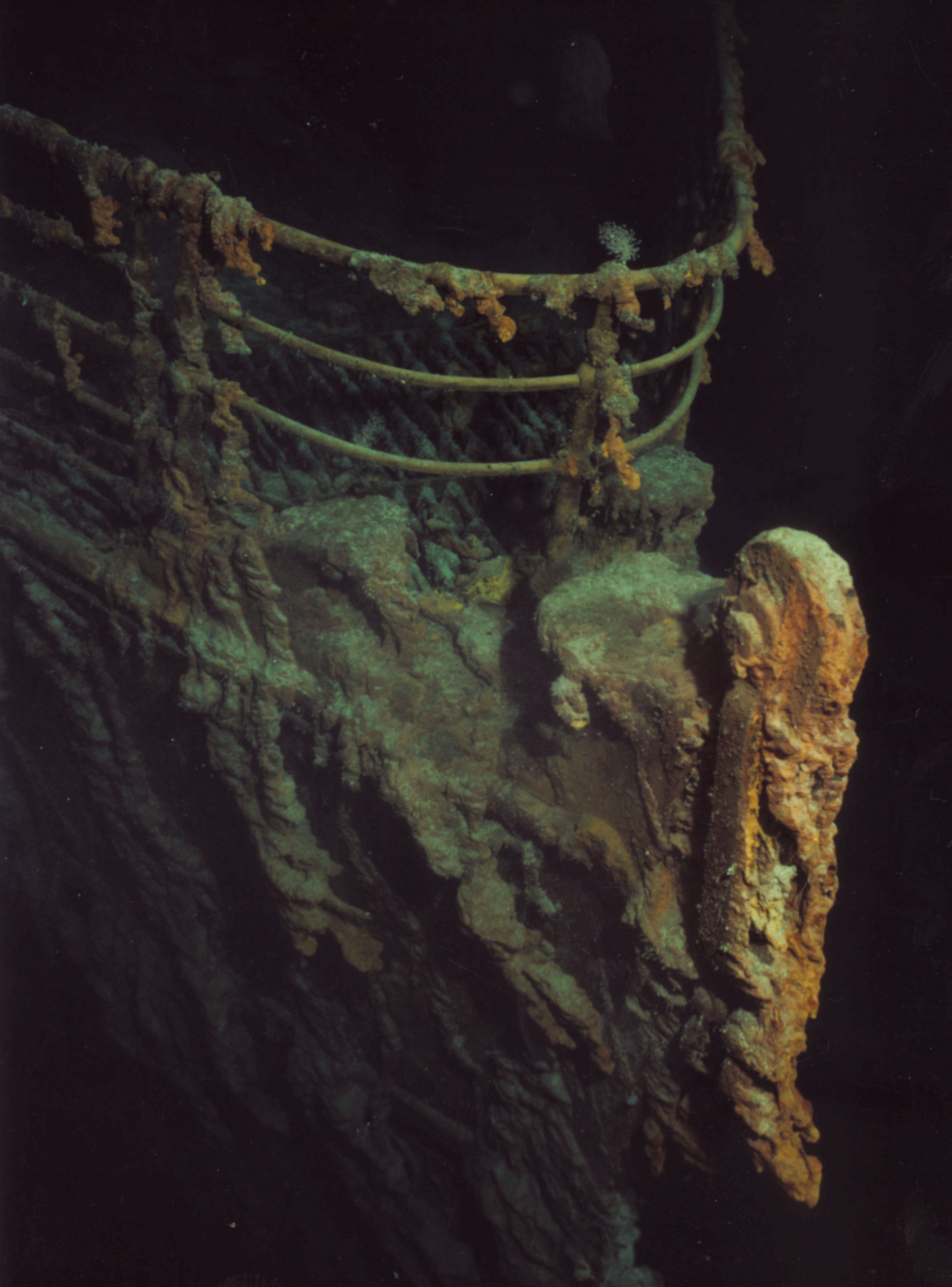Read update
- The Titanic Still Lies At The Bottom Of The North Atlantic Ocean
Summary
- Captain Smith's final moments on the Titanic are still a mystery, with conflicting accounts of his actions and fate as the ship sank.
- The Titanic's sinking and Captain Smith's role in it have become iconic pieces of history, influencing maritime crises management and pop culture.
- The RMS Titanic remains a beloved tale, with ongoing interest and debates surrounding its wreckage at the bottom of the North Atlantic Ocean.
The events surrounding the Titanic's captain, Edward Smith, and his last whereabouts as the ship sunk to the bottom of the Atlantic have always been a bit of a mystery. While there are many witness accounts claiming to have seen the captain doing various things, it's uncertain which one of these is actually the true story. Many people claimed to have witnessed him jumping forth from the sinking vessel, while others reported seeing the captain strolling the streets of Baltimore months later.
It's true that the world might never know what ultimately happened to Captain Edward Smith or whether he met an icy fate in the dark waters that night, but one thing is for sure: It's not likely that there's any man on earth who has gone through as many alleged deaths as Captain Smith has. At least according to the survivors of the Titanic and the stories that they had to tell.
UPDATE: 2023/10/13 18:45 EST BY NOAH STAATS
The Titanic Still Lies At The Bottom Of The North Atlantic Ocean
This article has been updated with more information regarding the Titanic in recent days and news, as well as expanded points about Captain Smith. Although long gone, the memory of those who perished on RMS lives forever.
The Events Leading Up To The Titanic's Sinking
- The Titanic is rumored to have struck the iceberg at 11:40 PM.
- This was also the same time Captain Smith appeared on deck.
The first visual account of Captain Smith prior to the ship going down was at approximately 11:40 PM, as he appeared on the ship's bridge in response to the fatal encounter with an iceberg. It was here that he asked the question of what had happened and received a response of 'an iceberg, sir,' from his First Officer, William Murdoch. The trouble began with these words as both the captain and the crew struggled to figure out first how bad the damage was and, ultimately, how to get everyone off a ship safely that was never designed for an emergency evacuation. From this moment on, Captain Smith's whereabouts are a bit spotty, though he held up a brave front until the very end when it's said he died in some tragic and some nonchalant ways. His body was never found, and his death - or lack thereof - was never confirmed.
The Fourth Officer of the ship, Joseph G. Boxhall, delivered news shortly after the encounter that seemed to be good - that there was no damage done to the ship. However, on the lower decks, this would soon prove to be horribly inaccurate information. The head designer of the ship, Thomas Andrews, contradicted this report, stating that not only was there significant damage but that five of the ship's lower deck compartments were already flooding. The problem with this is that the ship could only survive four flooded compartments, as was part of its design.
By the time the fifth compartment flooded, there were only 11 left, and that was not nearly enough buoyancy to keep the ship afloat. The entire incident happened at breakneck speed, with only 20 minutes between Captain Smith receiving word of the iceberg and, eventually, announcing that everyone on the ship had a maximum time frame of only 90 minutes to find a way off the quickly sinking vessel.

Next You're Time In Denver Visit The Molly Brown House (The Real Heroine Of The Titanic)
Discover the personal life of Molly - one of the most famous survivors of the sinking of Titanic - next time you visit Denver, Colorado.Captain Edward John Smith's Final Moments
- Among the confusion, Captain Edward John Smith remained calm and called for as much help as he could.
- Many news outlets had reported the captain of RMS Titanic never died.
There was some confusion between 11:40 PM and the first call for lifeboats at approximately 12:05 AM. For starters, the crew saw what they had believed to be lights from a ship that couldn't have been more than five miles away. The ship in question did not respond to the distress call that was sent out, ultimately eliminating it as a point of rescue. The ship that did respond, the RMS Carpathia, was four hours away in transit, thus making it clear that Captain Smith had only one route to take, and the window of time he needed to do so was quickly running out.
New scans of the RMS Titanic also give us a glimpse of what the current state of the iconic ship looks like this year.
The order was sent to lower the lifeboats, of which there were not nearly enough to fit every passenger on the ship. By 12:45 AM, there were significant efforts to contact the nearby ship that was estimated to be only five miles off of their course - distress rockets and morse code were sent via the ship's signal lamp, neither of which were acknowledged or returned.
At the same time, the first of the lifeboats had been lowered, but only by a prompt from the captain's Second Officer, Charles Lightoller. It's presumed that Captain Smith was in a state of shock at this point - with 40 years of oceanic experience behind him, not once was he in a position where he faced tragedy and the very real possibility of not only his own death but the death of others, so imminently. In an effort to further the lifeboat evacuation, Captain Smith ordered lifeboats to be lowered to the promenade deck from the boat deck, forgetting that enclosed glass windows prevented this from happening - it seemed, at this point, that he was thinking of the ship he had previously captained.
The decision was made for the crew to row to the ship they'd seen on the horizon with passengers, bring them to safety, and row back to collect more. At 2 AM, Captain Smith made the call to release the wireless operators, knowing that this would be their one chance at surviving. Twenty minutes later, the Titanic capsized, falling beneath the watery depths completely. Some say that prior to this, Captain Smith showed a sense of excitement over seeing passengers leaving the ship and being saved from what would soon be a watertight chamber.
The events of Captain Smith as the ship was going down, though, are too conflicting to determine correctly. Some say that they watched him jump from the ship into the water, sealing his own fate by his own actions, including one of the wireless operators. Some people claim that the captain shot himself right before the ship went down, and this was even reported by a newspaper. Others say that a wave was responsible for sweeping him off the deck, from which he swam back to go down with the ship. Another account claims that the captain saved an infant from drowning and swam to a lifeboat to deliver the child before saying, "I will follow the ship," and swimming back. Alternatively, many say he made it to a lifeboat that was overturned but lost his grip on it, being sucked down by the last remaining funnel to crash into the ocean.
Many Titanic museums exist in the United States, with many being worth a trip.
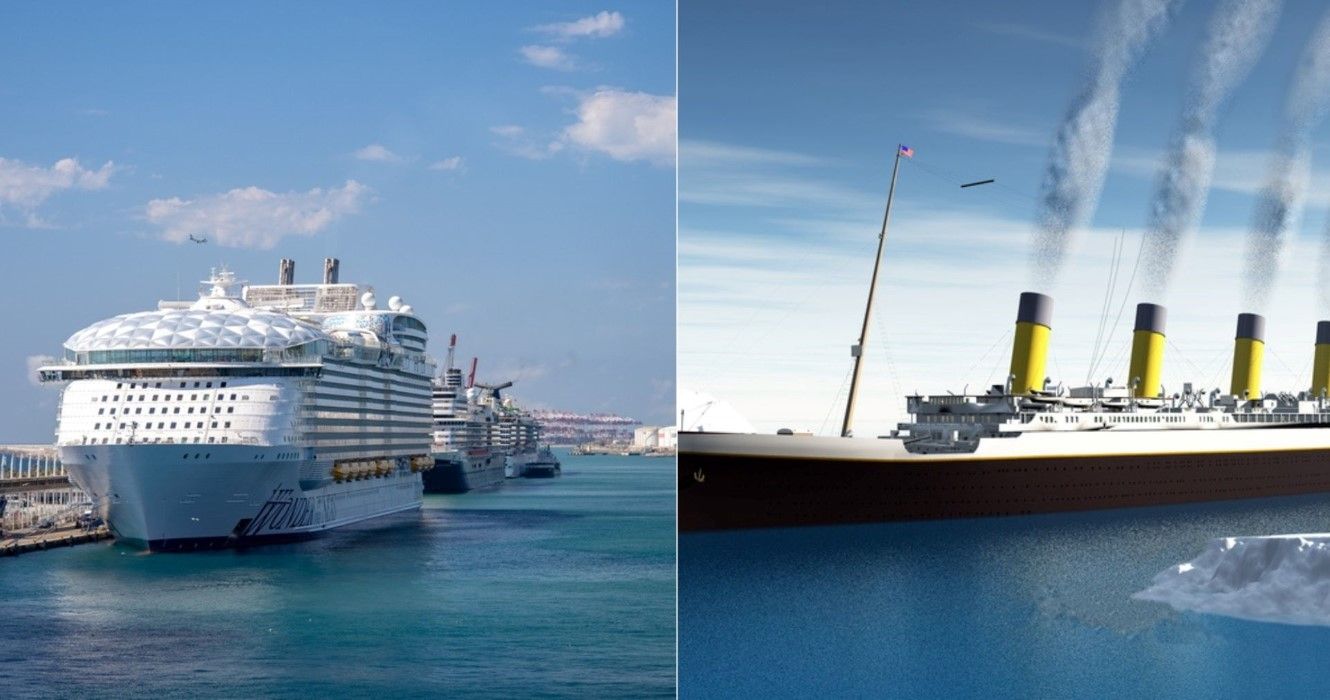
10 Ways The World's Largest Cruise Ship Compares To The Titanic
The world's largest cruise ship, Wonder of the Seas, and the Titanic have some stunning differences rarely spoken of. Want to know? Read to find out!Most interestingly, however, are the reports that came out after the Titanic's sinking, with many people reporting that the Captain hadn't died after all. An eyewitness account by a credible man by the name of Peter Pryal claimed that he saw Captain Smith walking the streets of Baltimore only months later. This report is credible due to the fact that Pryal had worked with Smith on a previous ship. Pryal claimed to have seen him twice and even had a conversation with the captain, with his final words being, "Be good, shipmate, until we meet again." In an article published by Life in the 1940s, it was said that Captain Smith was living in Ohio, going by the name of only 'Smith.' As it turns out, this was not exactly true, and it was determined this man was never Edward Smith at all.
The Titanic Remains A Beloved Tale Of Man Versus Water: Even In 2023
- Titanic has still made its rounds in the media, as well as earlier this year when the Titan submersible imploded on its way down to the site.
- Captain Smith has long been a point of pop culture.
The RMS Titanic, although sinking in 1912, has changed the way we handle maritime crises, as well as the way the world sees the story. From movie adaptations, hit songs from Celine Dion, and endless voyages down to the site of the wreck, Titanic will forever be an iconic piece of history. Unfortunately, Captain Smith did not make it out alive, and neither did the roughly 1,500 souls that went down with the mega-ship that awful evening. The North Atlantic Ocean has long been a mysterious and somewhat dangerous body of water, and for good reason.
These ten abandoned ghost ships will also send a shiver down your spine.
As early as a few months ago, we say the Titan submersible went down to the site of the RMS Titanic only to never return, which brought up questions of how good an idea it is to continue venturing down to the ship's grave. Many believe it ought to be left alone. After all, it's a grave site for many. Could this body of water be haunted? Who knows.

